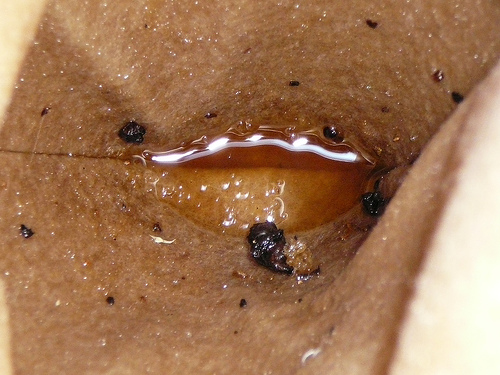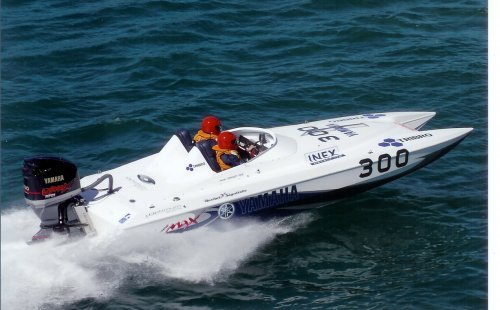More Outboard Motor Thefts Reported

Less than a month after reports of widespread outboard motor thefts rocked the Florida Keys, boaters in Reno, Nev., are reporting similar troubles. According to local police and the Reno Gazette-Journal, at least eight outboards have been reported stolen in the last four months. Although authorities suspect a connection between the incidents, thieves were indiscriminant about stealing the motors. Five were taken from residences, one from a commercial business and two from storage yards.
As always, incidents like this should serve as a stern reminder – no pun intended – to keep meticulous watch over marine engines when they aren’t in use. There are a number of preventative steps boaters can take in order to deter theft. The most obvious and perhaps most effective measure requires that boat owners remove the motor from their boats and put them indoors for storage.
Other ideas include installing an outboard motor lock, putting a motion detector in the storage area, or even chaining the boat and the trailer to a permanent object. Boaters are always encouraged to take proper care of their outboard during the boating season by lubricating liberally with 2 stroke oil, but offseason care is just as important. Outboard motor theft is a very real threat, so take the time to protect your investment.



 Boat owners who regularly use small crafts might wonder why 2-stroke oil additives matter so much. In truth, the additives found in a fuel-oil mix are just as important as the quality of the oil itself. The chief goal of any outboard motor oil is to lubricate the engine and keep it running smoothly. That would not be possible without additives such as ashless detergents.
Boat owners who regularly use small crafts might wonder why 2-stroke oil additives matter so much. In truth, the additives found in a fuel-oil mix are just as important as the quality of the oil itself. The chief goal of any outboard motor oil is to lubricate the engine and keep it running smoothly. That would not be possible without additives such as ashless detergents. Many people experience the thrill of the open road every day without even pulling out onto a public street. Kart racing is a fun and affordable alternative to pricier motorsports that require an enormous financial investment. Some hobbyists revel in the chance to make physical alterations to their karts’ chassis, and others prefer to take a ready-made kart out for a spin.
Many people experience the thrill of the open road every day without even pulling out onto a public street. Kart racing is a fun and affordable alternative to pricier motorsports that require an enormous financial investment. Some hobbyists revel in the chance to make physical alterations to their karts’ chassis, and others prefer to take a ready-made kart out for a spin.
